In the field of oral care device manufacturing, cleaning residue and bristle hardening are frequently dismissed as minor maintenance issues. However, when both occur together, they can quickly escalate into a serious quality and safety concern for users. Left unaddressed, this combination not only undermines product performance but also increases the likelihood of gum irritation, enamel damage, and customer dissatisfaction.
In this article, we’ll explore why cleaning residue and bristle hardening often go hand in hand, the specific risks they create, and how manufacturers can prevent this “double trouble” scenario.
Cleaning residue typically forms when toothpaste, whitening gels, or disinfectants are not fully rinsed away. Over time, these substances:
This residue compromises hygiene and creates friction points that accelerate bristle wear. Company web: https://www.powsmart.com/product/electric-toothbrush/
While bristle hardening can occur independently due to material fatigue or repeated heat exposure, cleaning residue often makes it worse:
As a result, a brush head that should remain soft and adaptive becomes abrasive and stiff.
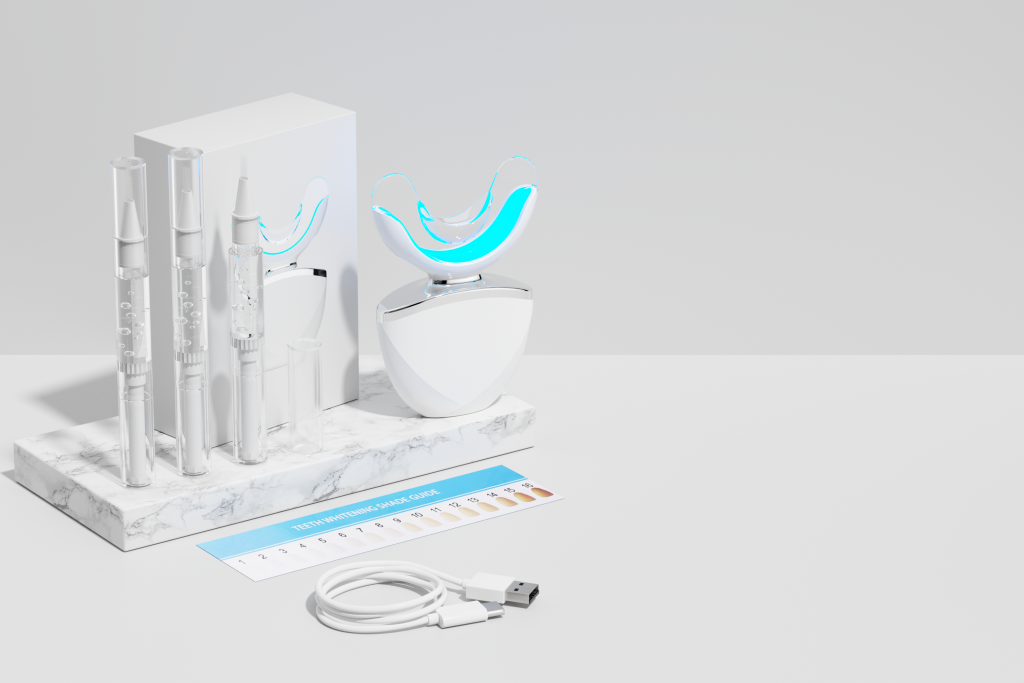
When cleaning residue and bristle hardening appear together, they create a compounding hazard:
For professional oral care brands, this combination can lead to negative reviews, warranty claims, and loss of consumer trust.
To catch problems before they escalate, manufacturers should train distributors and customers to recognize early warning signs:
Identifying these symptoms early allows timely intervention and replacement.
Addressing this issue requires a dual strategy targeting both cleaning residue and bristle hardening:
Additionally, providing visual guides or QR code instructions can significantly improve compliance.
As oral care devices evolve to include smart features and advanced materials, it’s critical not to overlook foundational quality factors. Cleanliness and bristle integrity remain core pillars of safety and performance. By proactively addressing cleaning residue and bristle hardening, manufacturers can:
Ultimately, investing in prevention and education yields long-term gains in reputation and consumer loyalty.
While cleaning residue and bristle hardening may seem manageable individually, together they create a powerful risk multiplier. The solution lies in rigorous material selection, smart design, and consistent user education. If you’re ready to explore product innovations that keep these problems at bay, our team is here to support your development goals with tailored solutions. Contact us
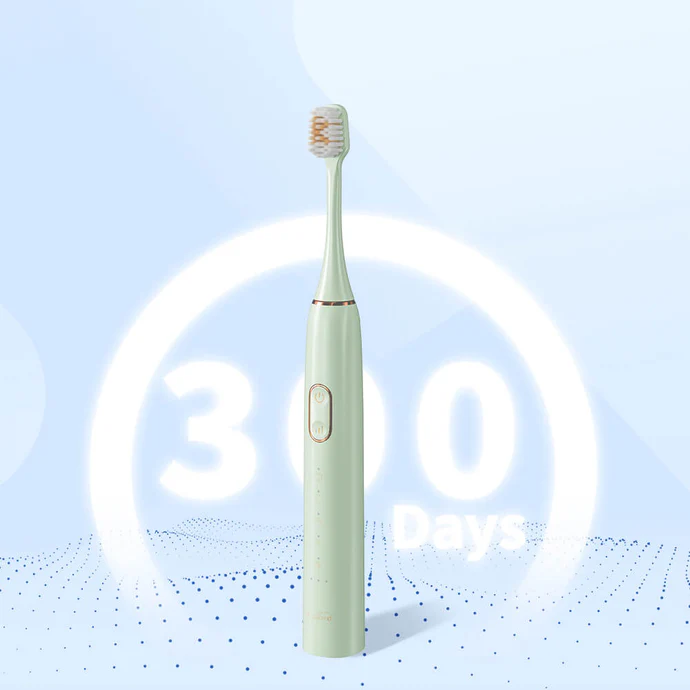
No Wonder Your Electric Toothbrush Burned Out When Charged Like This!
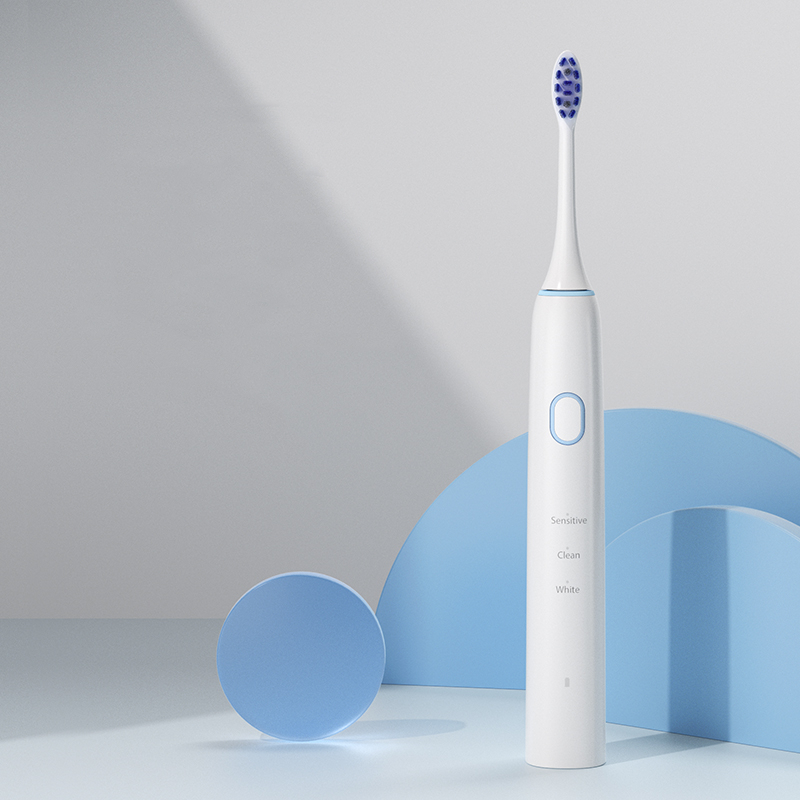
sonic electric toothbrush San Diego
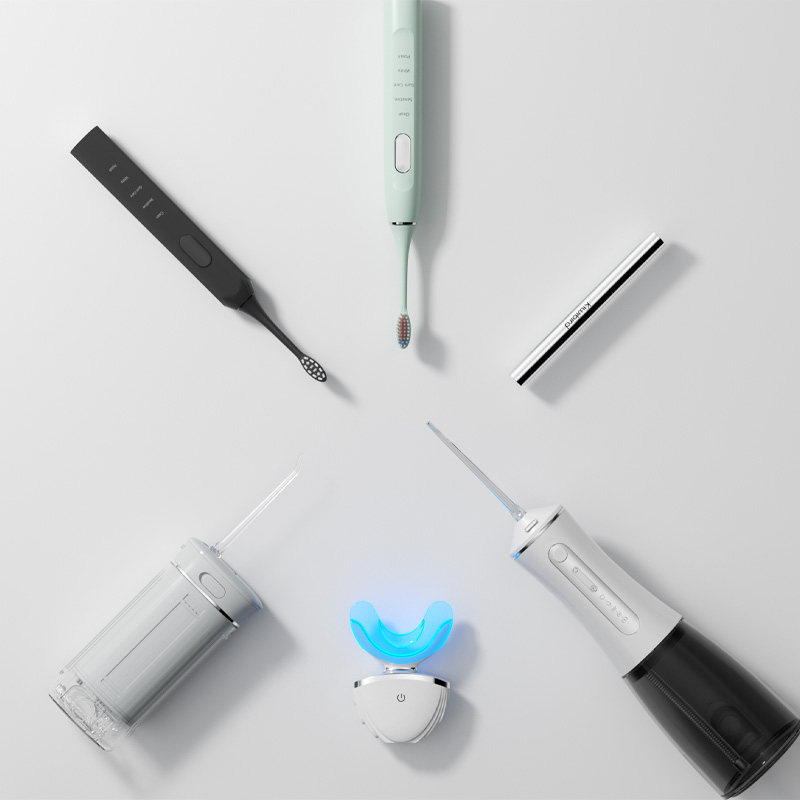
Market Potential of Electric Toothbrush & Whitening Device Combos
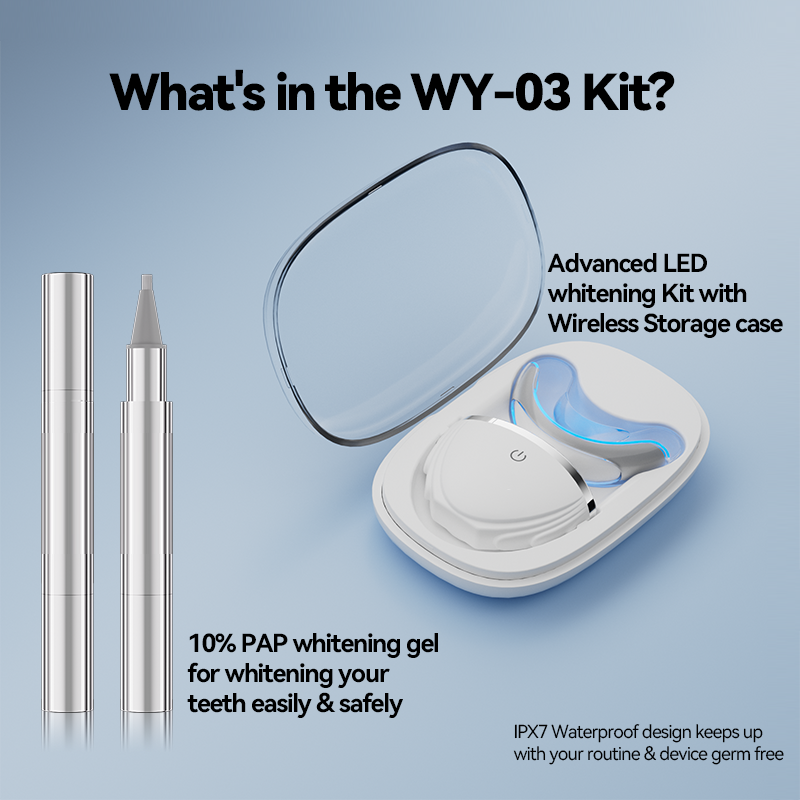
How Wireless Tech is Revolutionizing Oral Care Devices
Seal Degradation Leading Bacterial Regrowth – Preventable?
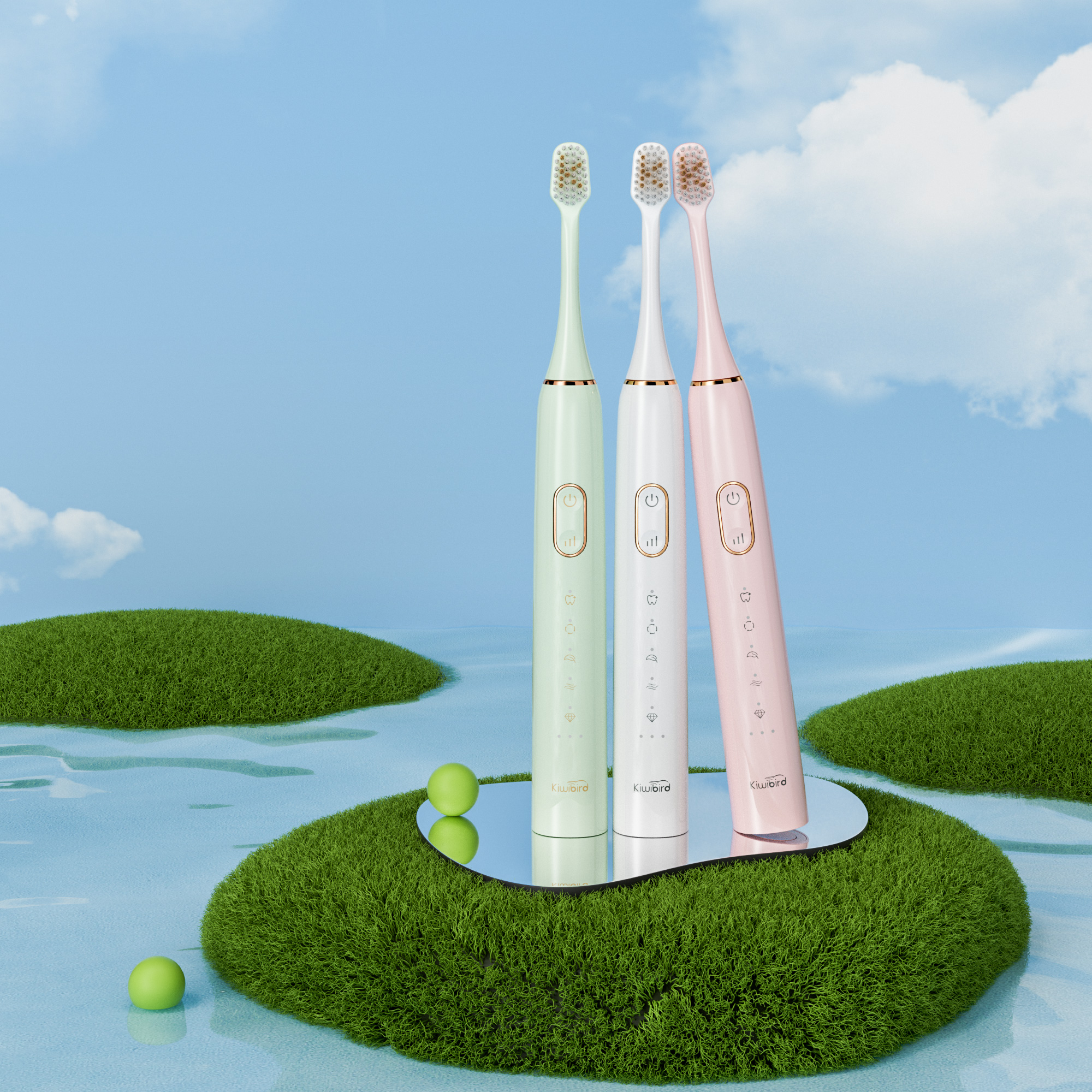
Does Clinical Gum Mode Really Work?
.jpg)
Water Flosser competitive Features That Cause Premium Pricing: What Brands Should Look For in Manufacturing

Is a TSA Friendly Toothbrush with Portable Toothbrush Case Truly Hassle-Free at Airports?
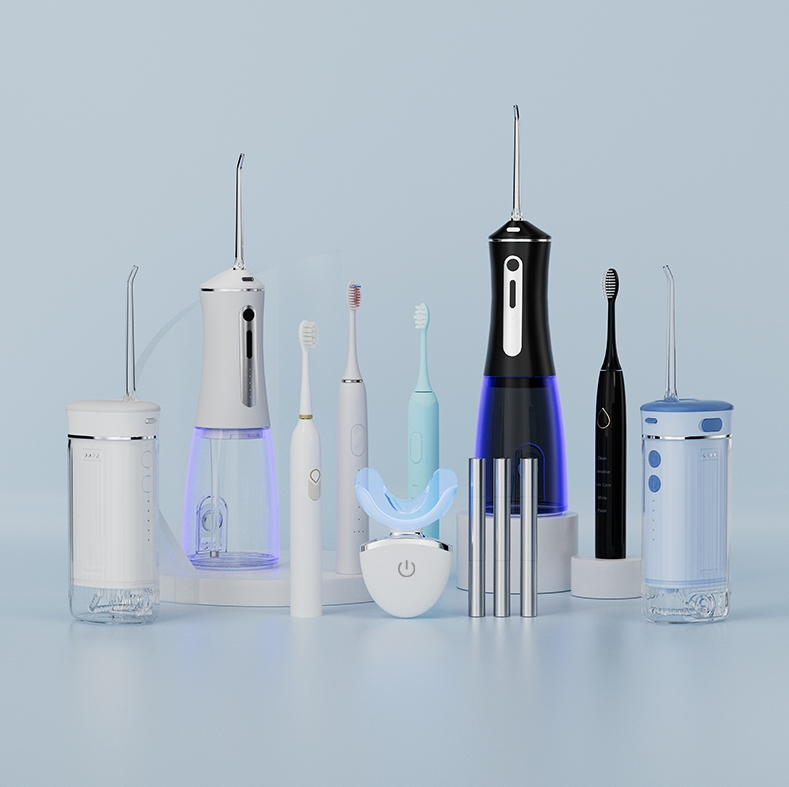
Why Electric Toothbrush & Water Flosser Bundles Sell Better

Gentle Yet Effective Cleaning: Sonic Toothbrush for Receding Gums

The Power of Teeth Whitener & Toothbrush Bundles

How Does a Pressure Sensor Protect Gums?
-3-scaled.png)
Why Wireless Charging Gives Whitening Device a Competitive Edge
Battery Overheating Inducing Ear Discomfort – Dangerous?
Handle Cracking and Sinus Pressure – Related?

Clinical Results: Effectiveness of Home Teeth Whitening Device results

electric toothbrush heads Deep Clean

Private Label Whitening Gel

Customization Teeth Whitening Gel

Electric toothbrush heads Charcoal Infused-Diamond
.jpg)
Florida Electric Toothbrush – Powsmart PTR-C8

electric toothbrush heads Charcoal Infuse-Round

electric toothbrush heads Regular Clean

electric toothbrush heads Ultra Soft
whstapp
whstapp
National Toll-Free Service Hotline
+86 755 86238638